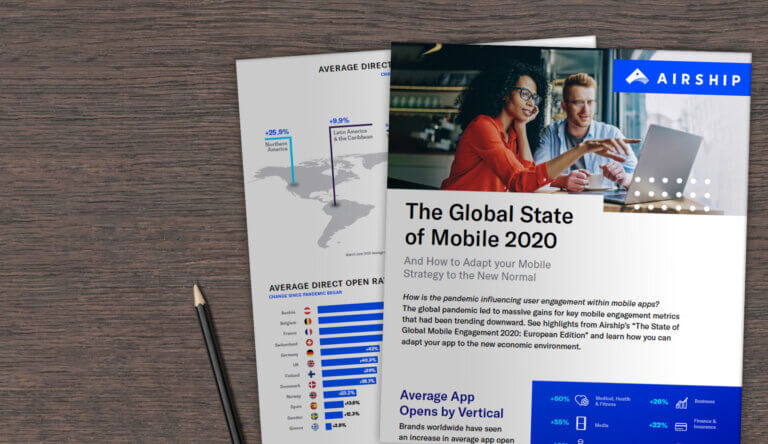
Creating Relevant Customer Experiences with Attributes, Events and Tags

Meghan Suslak Group Product Manager
Customer expectations for relevant and personalized experiences is becoming ever more demanding. In fact, according to a recent Gartner study, 48% of consumers get so frustrated when they receive irrelevant content from brands, they are likely to switch to another brand. This makes getting your segmentation and targeting of messages right more important than ever.
With Airship’s recent advancements of event and attribute segmentation, there are now many options for when and how to target your customers. That’s why we’ve put together some helpful tips on when to use events, attributes or tags in your audience segmentation.
Segmenting by Tags
Tags are simple user characteristics that are intended to capture a user’s current status and can be grouped by common themes using tag groups. This data type relies on true / false logic to query users based on whether or not a user has a particular characteristic, interest, or preference such as users who do or don’t like sports, or who do or don’t want to receive promotional messages.
Attribute Segmentation
Attributes are, essentially, a more advanced version of a tag. They are key value pairs that are stored as specific data types, such as text or dates. They can be used for more complex segmentation queries due to the additional operators available, such as greater than, less than, contains, and more and they can also be used to personalize message content.
One great way to increase engagement is to segment your messages based on stored customer attributes, such as their demographics, loyalty level, or for more in-depth user preferences such as a favorite food or musician. For example, a restaurant may want to send different kinds of promotions to customers who are loyalty members versus those that are not to try and drive that first purchase.

Another great thing about attributes is that they support different data types, so you can store things like the user’s birthday, their anniversary, or even their subscription sign up date and build segments based on this information, such as targeting a user who has a birthday coming within the next 30 days, or users who signed up for your product within the last two months.
And, of course, we make it easy for marketing teams to set attributes on their users directly from our UI, no development work required.
Event Segmentation
Event segmentation is a powerful tool that allows you to segment your messages based on behavioral events or actions that your users complete, whether it’s directly within your app, website or in an other 3rd party system. You can use custom events to track any number of events, either using one of the Airship SDKs or by sending events to us through our custom events API.
For example, a retail company might send different push notifications about a sale to customers who have purchased from the app in the past versus those that have not. Event properties help you take your segmentation to the next level by allowing for even more granular targeting. If the upcoming sale is for a certain product or range of products, the retailer could fine tune their segmentation even more by targeting users who have purchased that specific product or a similar one in the past.
You can even segment based on user location events. With Airship location partners like Radar, not only can you trigger automated push notifications every time a mobile app user enters a specific location, you can also create a segment based on those historical events. This makes it possible to accomplish use cases like sending a message to users who visited one of your stores in the past 30 days, for example.
However you segment your audience, Airship makes it easy to create robust segments in our redesigned segment builder, allowing you to combine attributes, tags, events and more into a single segment to allow for more in-depth targeting when you need it. Learn more about how to take advantage of Airship Segmentation and make it easy to more accurately segment and target customers via rich user-level data to increase message relevancy and engagement.
Subscribe for updates
If the form doesn't render correctly, kindly disable the ad blocker on your browser and refresh the page.
Related Posts


What You Need to Know About iOS 14 and App Clips from Apple’s September Event

